Container size of purchased plants vs. actual plant size
knoxvillegardener
14 years ago
Related Stories
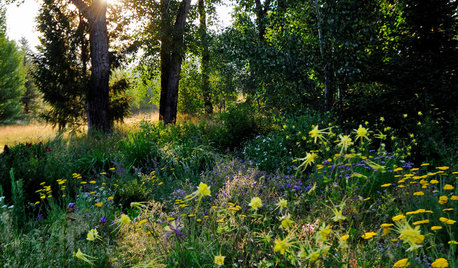
NATIVE PLANTSWhy Aggressive Plants Might Actually Be Your Friends
Sometimes a garden thug is exactly what’s called for
Full Story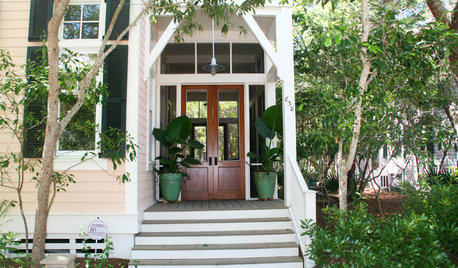
CONTAINER GARDENSWant an Easy Tropical Oasis? Think Container Plants
Tropical plants have taken one coastal community by storm. Come on a walk with us to get ideas for your own porch, patio or garden
Full Story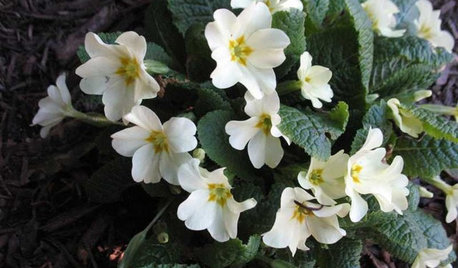
SPRING GARDENING7 Great Container Plants for Early-Spring Appeal
Good things sometimes come to those who impatiently head to the nursery for plants that can take a chill
Full Story
CONTAINER GARDENSContainer Garden Basics: How and When to Water Potted Plants
Confused about soil moisture, the best time to water and what watering device to use? This guide can help
Full Story
CONTAINER GARDENS8 Easy Container Plants to Grow From Seed
Get beautiful blooms and herbs in summer by starting these choice garden picks from seed in spring
Full Story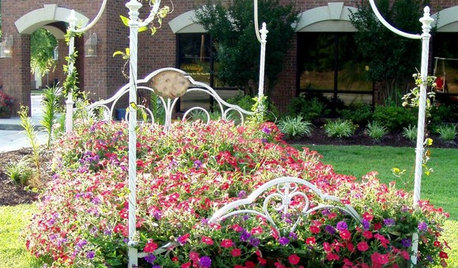
CONTAINER GARDENSYes, You Can Grow a Plant In That
You can upcycle your old typewriter, paint cans, tires and many more things into places for your plants
Full Story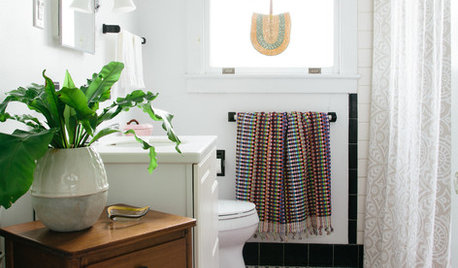
CONTAINER GARDENSFreshen Up the Bath With Lush and Healthy Plants
Learn how to choose and care for plants that will do well in your space
Full Story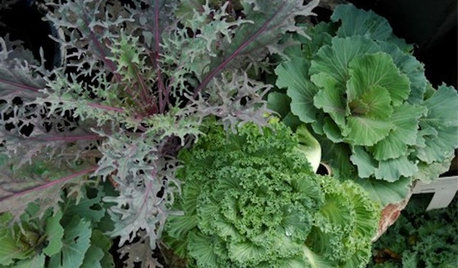
WINTER GARDENINGGreat Design Plant: Ornamental Cabbage and Kale
Yes, you can actually eat them. Or you can just marvel at their striking, unusual foliage during all four seasons in the garden
Full Story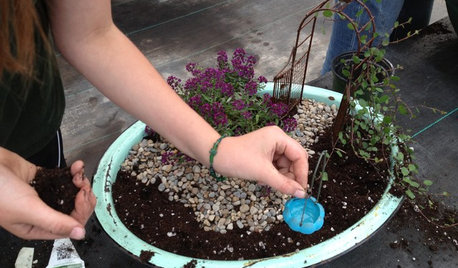
GARDENING GUIDESGardening Fun: Plant a Fairy Garden
It’s hard not to be captivated by the charm of a miniature garden in a pot. Here’s how to make one of your own
Full Story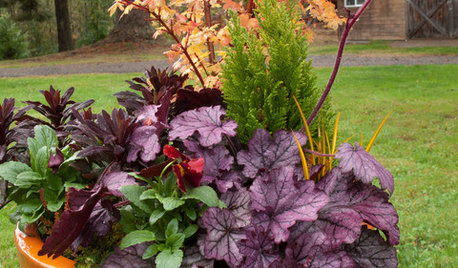
FALL AND THANKSGIVING5 Container Gardens for Fall, the Holidays and Beyond
Make planting easy with a single container, year-round plants and a sprinkling of simple seasonal accents
Full Story






larry_gene
thisisme
Related Professionals
Londonderry Landscape Architects & Landscape Designers · Forest Park Landscape Architects & Landscape Designers · Kenmore Landscape Architects & Landscape Designers · Aurora Landscape Contractors · Wake Forest Landscape Contractors · Athens Landscape Contractors · Azalea Park Landscape Contractors · Bainbridge Island Landscape Contractors · Canyon Lake Landscape Contractors · Harvey Landscape Contractors · Lancaster Landscape Contractors · Milford Landscape Contractors · Natick Landscape Contractors · Woodbury Landscape Contractors · North Aurora Landscape Contractorsjohn_in_sc
alyssia_FL
fireduck
forestandfarm
appleseed70